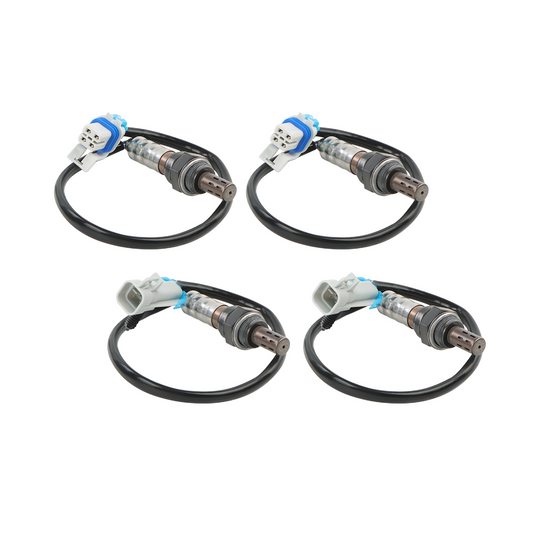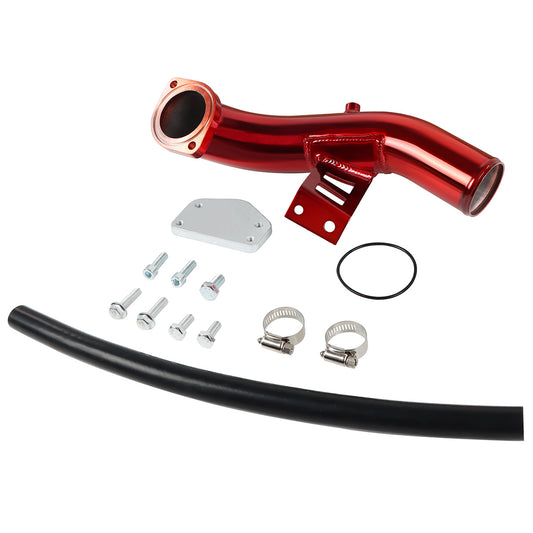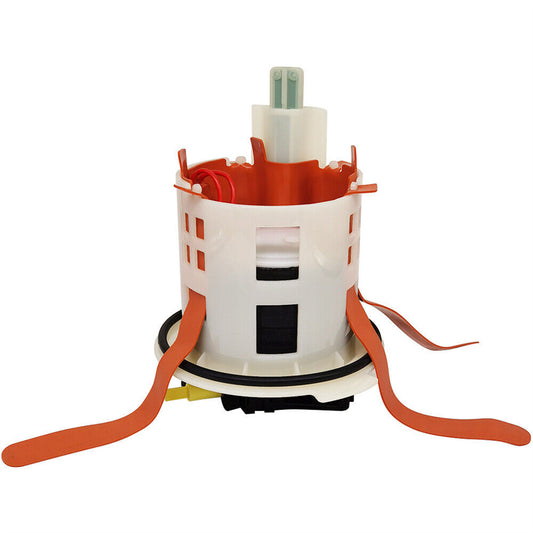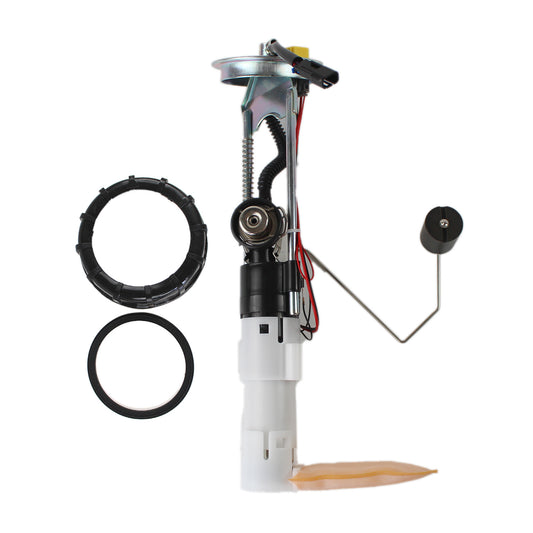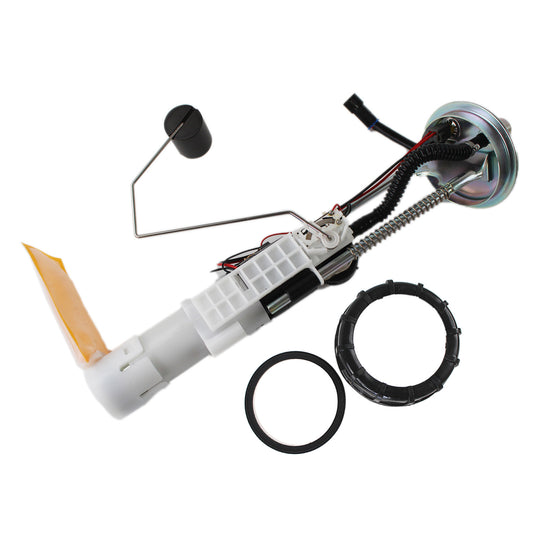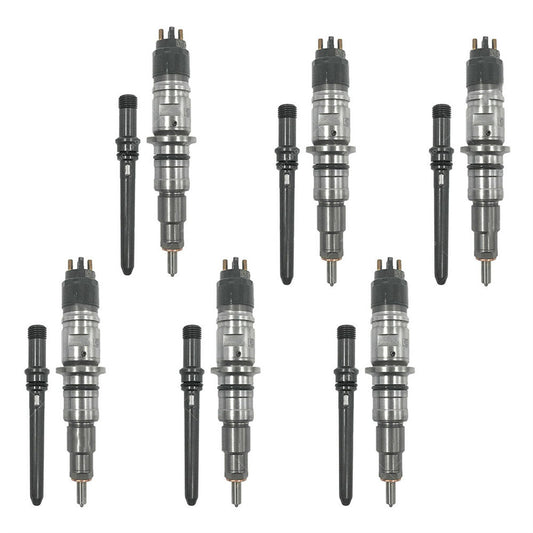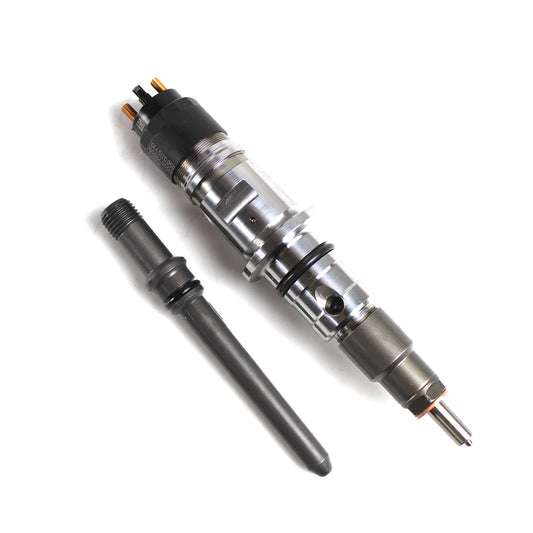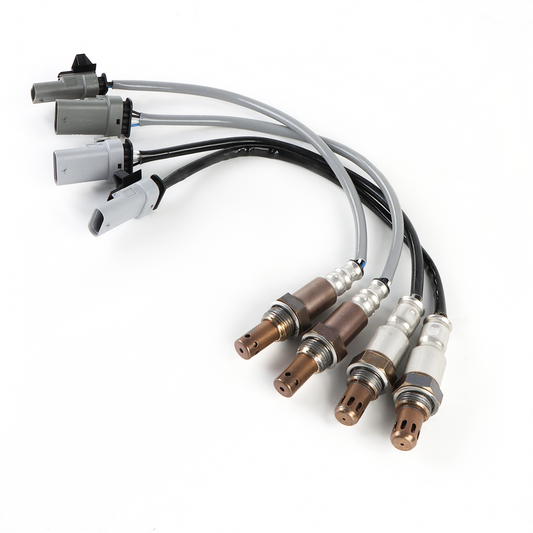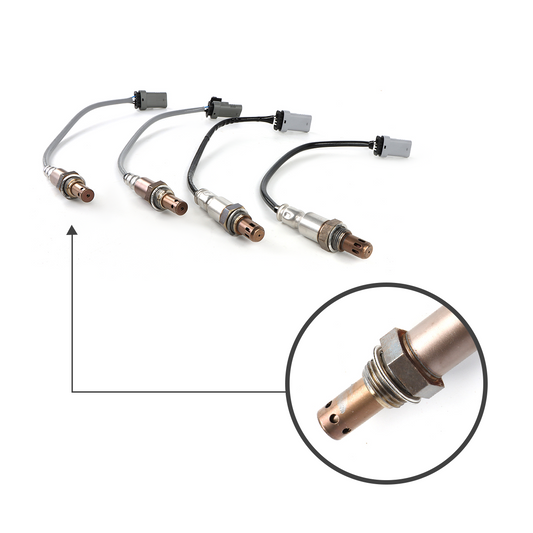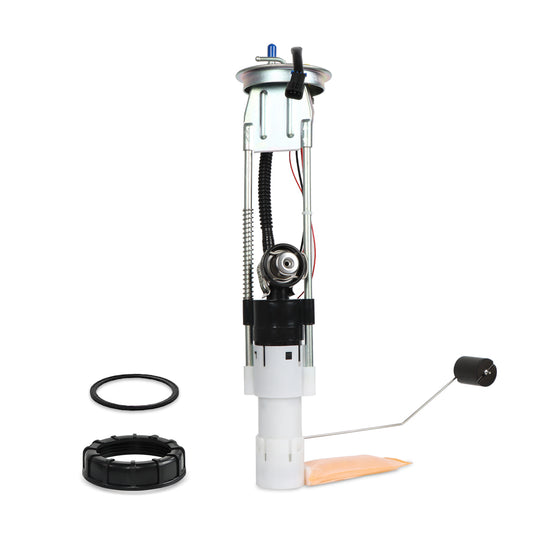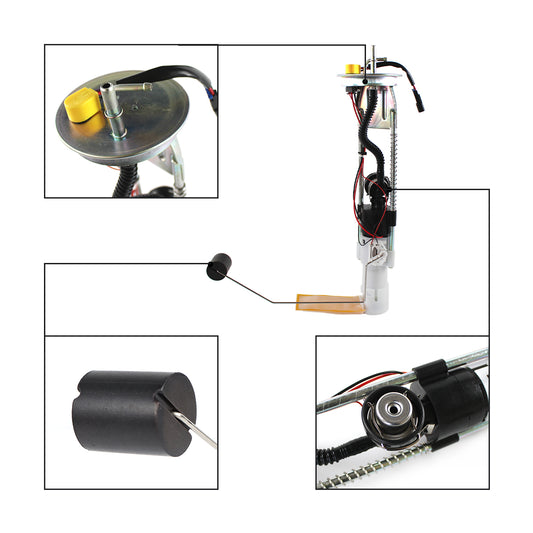A Comprehensive Guide: How to Bleed a Car Radiator for Optimal Cooling
Introduction:
Properly maintaining your car's radiator is essential for optimal cooling system performance. One crucial aspect of radiator maintenance is bleeding, which involves removing trapped air or gas pockets that can hinder the radiator's efficiency. In this blog post, we will provide you with a step-by-step guide on how to bleed a car radiator effectively. By following these instructions, you can ensure that your radiator operates at its best, promoting efficient heat transfer and preventing potential engine issues.

Step 1: Gather Required Tools and Materials
Create a checklist of tools and materials needed for the radiator bleeding process, including safety gloves, eye protection, a coolant funnel, a clean cloth, distilled water, and a suitable coolant mixture.
Step 2: Preparation
Park your vehicle on a level surface and turn off the engine.
Allow the engine to cool down completely before proceeding.
Step 3: Locate the Bleeder Valve
Identify the bleeder valve, typically located on the top or side of the radiator or near the thermostat housing.
Consult your vehicle's manual or online resources for specific instructions on locating the bleeder valve for your particular make and model.
Step 4: Open the Radiator Cap and Coolant Reservoir
Ensure the radiator cap and the coolant reservoir cap (if separate) are accessible and open them carefully to release any pressure.
Step 5: Begin the Bleeding Process
Place a clean cloth or towel around the bleeder valve to catch any coolant spillage.
With safety gloves and eye protection on, slowly loosen the bleeder valve using an appropriate wrench or tool until you hear a hissing sound indicating the release of air.
Allow the air to escape until a steady stream of coolant flows out without any air bubbles.
Step 6: Tighten the Bleeder Valve
Once a steady stream of coolant is observed, promptly tighten the bleeder valve to prevent any further coolant leakage.
Step 7: Check Coolant Levels and Reservoir
Monitor the coolant levels in the radiator and refill if necessary using a coolant funnel.
Also, check the coolant reservoir level and top it up to the indicated mark with the appropriate coolant mixture.
Step 8: Close Radiator Cap and Coolant Reservoir
Ensure the radiator cap and the coolant reservoir cap are securely tightened.
Step 9: Start the Engine and Verify Operation
Start the engine and let it run for a few minutes while monitoring the temperature gauge.
Confirm that the engine reaches its normal operating temperature without any signs of overheating or coolant leaks.
Observe the coolant flow within the radiator and ensure it circulates properly.
Conclusion:
Bleeding your car's radiator is a crucial maintenance task that promotes optimal cooling system performance. By following this step-by-step guide, you can effectively remove trapped air or gas pockets, ensuring efficient heat transfer and preventing potential engine issues. Regularly bleeding your radiator contributes to the longevity and reliability of your vehicle. For high-quality products and expert guidance, trust Daysyore Auto Parts Store to meet your radiator maintenance needs.


